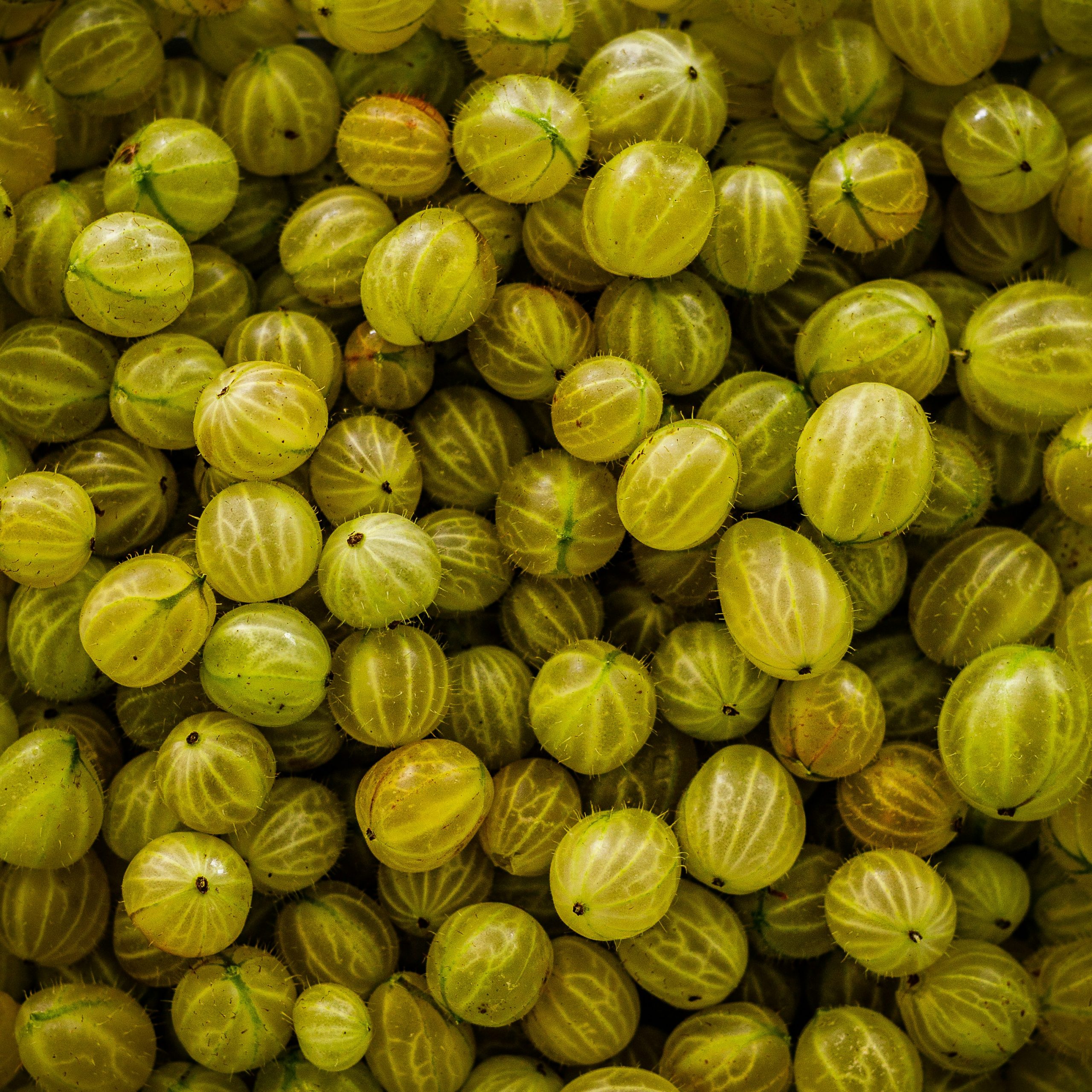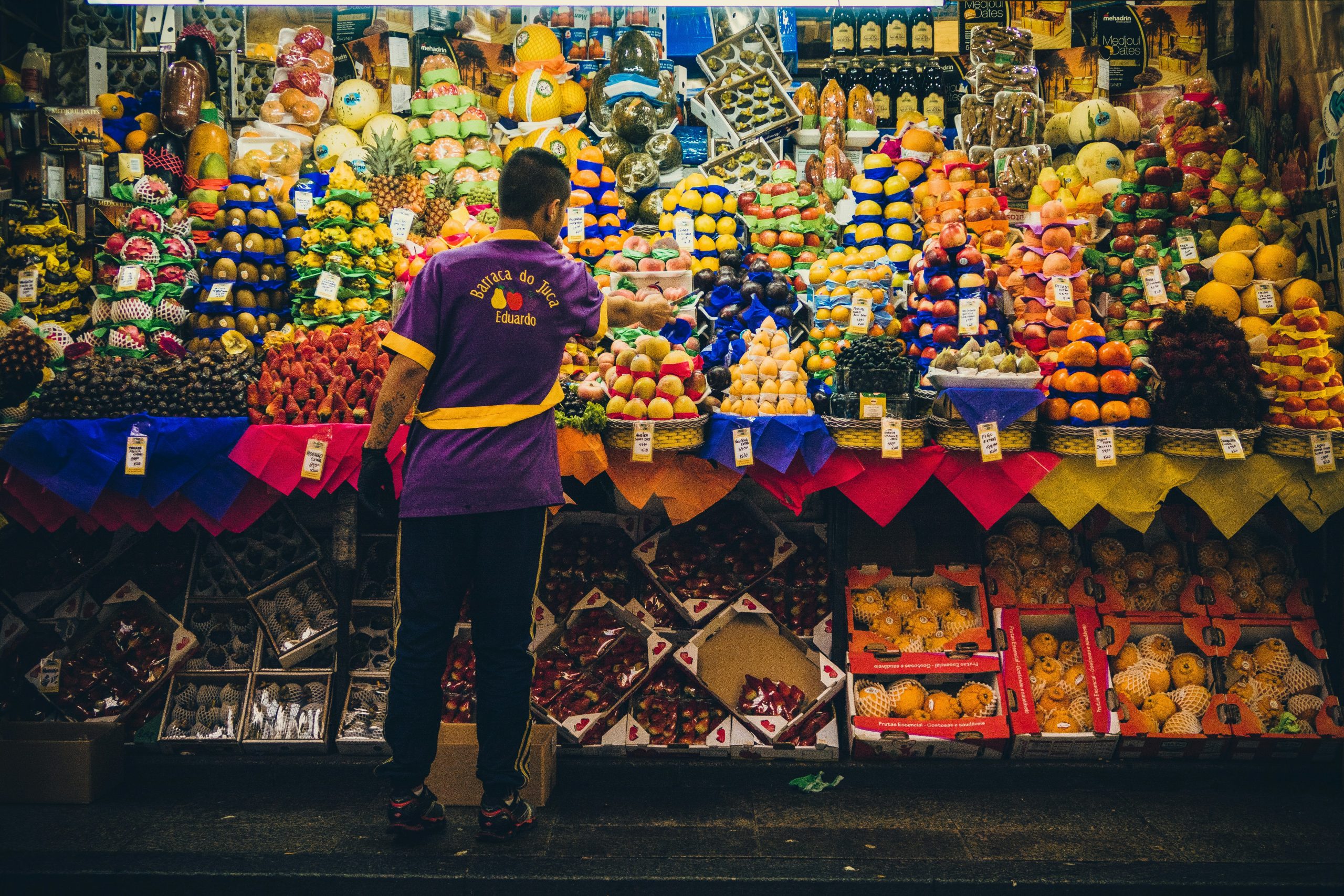Sea, sun, survival and sunsets: The sensual terroir wines of Santorini
The sensations of Santorini are all-encompassing: the intense heat of the midday sun beating down on the black volcanic rocks; the bracing, omnipresent winds whistling, howling and dancing around you; and the lingering sea salt spray that leaves a crust on your skin and… The post Sea, sun, survival and sunsets: The sensual terroir wines of Santorini appeared first on Around the World in 80 Harvests.

The sensations of Santorini are all-encompassing: the intense heat of the midday sun beating down on the black volcanic rocks; the bracing, omnipresent winds whistling, howling and dancing around you; and the lingering sea salt spray that leaves a crust on your skin and a tang on your lips… Santorini, may be a haven of holiday homes, but it’s also an extreme terroir with an irrepressible identity.
It is indeed remarkable that any vine can survive, let alone thrive, on this wild, windswept island. But the vines of Santorini are remarkable, and I think that if any wine can be described as a ‘terroir wine’, Santorini’s Assyrtiko is it. It’s just as intense, bracing and tongue-tinglingly saline as the volcanic island that gives birth to it.
The heroic viticulture & old vines of Santorini
I’d long heard about the vineyards of Santorini. They have an almost mythical status in the world of wine, and quite rightly so. Finding vines over 100 years old still in production is rare enough. However, here in Santorini these vines not only survive into old age, but they do so in some incredibly challenging conditions. Between the heat, wind and barren, volcanic soils, even the widespread vine plague of phylloxera hasn’t prospered here. Nonetheless, a handful of native grape varieties have clung on over the centuries – most notably the island’s main variety, Assyritiko – due to their hardy nature and the ancient viticultural techniques developed specifically for the island’s extreme terroir.
Winds here can hurtle over the island at over 80 km/hour (making Aeolus himself proud!), posing an enormous challenge for crops. In order to withstand the winds, Santorini’s vines have been trained in a very specific way, close to the ground to protect the grapes. Known as the kouloura, the trunk and canes of the grapevines are woven into a circular, wreath-like basket. This basket acts like a nest or enclosure to protect the bunches (as flowers, and later grapes) from the fierce winds and the volcanic sands they carry, that would otherwise effectively sandblast them. In fact, even when the vines are in this basket formation, particularly ferocious winds can still decimate a crop. In 2019, for example, winds reached over 100 km/hr, causing yields to plummet by 70%.
The daily winds means that the grapes are rarely troubled by rot or mildew, but the lack of rain on the island (just 400mm a year) means that it is essential to trap some of the coastal humidity so that these unirrigated vines can survive. Fortunately, with air humidity that can sometimes be as high as 100%, the intimate, tight-knit basket formation helps trap and retain some moisture to feed the vines in this arid climate.
The baskets also perform two other important functions. They protect the grapes from the scorching sun above and they raise the canes and grapes off the floor, thereby protecting them from the hot volcanic soils below. Most of the baskets are raised off the ground by a couple centimetres on large volcanic rocks. They are just high enough to ensure that the grapes don’t touch the hot soils, but not so high that they become more vulnerable to the wind or lose the all-important moisture from the air. That said, in very hot years like 2017, sunburn can still affect well over half the crop. All in all, it’s an enormous labour of love to grow and tend these grapevines, and when you bear in mind the incredibly low yields (just 2,500 kilos per hectare), there’s no question that this is a heroic form of viticulture that takes dedication, sacrifice and a lot of back-breaking work.
Most grape varieties would struggle in these poor, rocky soils (almost devoid of any nutrients), combined with the heat and wind. This island is certainly not suitable for every sort of vine. Assyrtiko and a handful of other native varieties have adapted to the island over the centuries and are able to make characterful and good-quality wines each vintage. Santorini’s viticulture and grape varieties do indeed tell a remarkable story of survival and adaptation and are nothing short of a living legend.
Assyrtiko — Santorini’s star grape variety in all guises
This is perhaps the best-known Greek wine, although only accounting for some 750 hectares of vines. Despite the diminutive planting area, Santorini’s Assyrtiko has become well known and sought after around the world because of its incredibly distinctive style. Reflecting the island they come from, the wines are intense, breath-taking and have a lingering sea salt freshness.
Known for their racy acidity, warming alcohol and full body, these are white wines that can age well for decades. In fact, they really start to come into their own after a couple of years in the bottle. I had the chance to taste Artemis Karamolegos’ entry-level Santorini, a 100% Assyrtiko, from 2016, and it showed a level of depth, richness and persistence that is incredibly impressive for a 5-year-old white wine retailing at just over €20. Assyrtiko, in all its guises, is certainly a wine that can be cellared for several years, but this is made difficult by the fact that this wine sells out, and fast.
It isn’t only the tourists that flock to Santorini who drink up the supply – exports of Assyrtiko are on the rise and slick sommeliers around the world are engaging with some of the most exclusive wines being made on the island. “Our single vineyard wines are always sold out,” explained Dimitris Bozonis, Sales Manager of Artemis Karamolegos, which has three incredibly distinctive (and delicious) single vineyard wines made from micro-plots each measuring just a hectare. “We’d love to keep more back to age, but the demand is really high for these wines in our export markets.”

Artemis Karamolegos at his winery with his single vineyard Assyrtiko wines
It’s easy to see why. Most Santorini wines are blends from a number of small plots because the average vineyard is barely a hectare. Artemis Karamolegos’ single vineyard wines therefore give a fascinating insight into the different expressions a vineyard can imprint on this nuanced grape variety. From the delicate lemon balm and lavender notes of the Louroi Platia vineyard, through the white peach notes and grippy texture of Ftelos, to the intense flinty nose and laser-sharp acidity of Papas, this trio of single vineyard wines shows that Assyritiko – although aromatically a relatively neutral grape – is able to showcase remarkable nuances.
Different styles of winemaking are used for Santorini’s champion grape variety. Most of the Santorini PDO wines (which have to be minimum of 75% Assyritiko) are vinified in a simple way with cool fermentations and no oak influence, and often sold within the vintage year. However, there’s an increasing tendency towards longer lees ageing. Then again, there are the Nykteri wines. “Traditionally and typically ‘Nykteri’ used to be a house wine made in very artisanal ways by foot-crushing the grapes and leaving the wine in oak for several months,” explains Vagelis Gavalas, a fifth-generation vigneron who works with his father and sister in the 300-year-old family winery that is amongst the longest-running in Santorini. “It was called Nykteri because the wine would be made at night, after the families had spent all day picking the grapes. Today, however, Nykteri typically refers to an oaked Assyritiko wine.” While every winery has their own style of Nykteri, I didn’t taste any that were notably oaky in profile. Instead, they tended to be richer, more mouth-filling and broader wines with a creamy, leesy character, thanks to time over their lees in oak. Although the traditional Nykteri wines would perhaps have been a bit orange in colour because the foot-treading would lead to more skin contact, modern Nykteri wines have no skin contact. That said, Artemis Karamolegos makes a fantastic orange wine from Assyritiko.
Much better known than Nykteri, though, is Vinsanto of Santorini — so named because it is the Vino di Santorini (not related to Tuscany’s Vinsanto). Also made predominantly from Assyritiko, often with some of the other, more aromatic, native varieties blended in, Vinsanto is Santorini’s dessert wine. It is made from grapes that are picked and then left to dry in the sun for 10 to 16 days, in order to concentrate their sweetness and flavour as they shrivel into raisins. The shrivelled grapes are then pressed and left to ferment naturally, a process that can take several months. Then the wine is left in oak barrels for several years until it is transformed into an intensely sweet, complex wine with aromas of figs, prunes, raisins, coffee, caramel and chocolate, all set off by that star-bright acidity that is so typical of Assyrtiko. Baklava is the natural pairing suggestion in Greece, but actually I think it wouldn’t go amiss with some really stinky, salty or mature cheese. Fortunately, there’s plenty characterful cheese available locally. Vinsanto is yet another example of just how much winemaking in Santorini is a true labour of love. Not only does Vinsanto take several years – even a decade – to produce, but it also takes around 5kg of grapes to make just one small half bottle! If you take into account the very low yields of old-vine Assyrtiko, that can mean that five hectares of grapes are needed for each bottle!
Assyrtiko is certainly synonymous with Santorini, but this characterful variety comes in many guises.
Saving Santorini’s other ancient old vines
Although Assyritiko is rightfully the star of Santorini, it isn’t the only fruit of the island. A number of other native grape varieties have adapted well to its conditions over the centuries and although they haven’t gained the international recognition that Assyritiko has, a number of winemakers and growers are working hard to champion and promote these other vines before they fade into extinction.
George Gavalas is one of them. As a fourth-generation winemaker, he has started focusing on making varietal wines from Aidani, Katsano and Voudomato, and he is also replanting other old vines he has discovered around the island. “My father has been working to keep some of these varieties because they are unique to the island,” says his son, Vagelis, who is acting as Greek-English interpreter for my conversation with George. “There is a lot of pressure on Santorini’s vineyards because of the land prices and also to make more Assyrtiko than other varieties.”

George Gravalas at his nursery with other native varieties of Santorini
The island’s vineyards don’t just face pressure from the natural climatic conditions but also from the human inhabitants. Santorini is prime real estate for tourism and luxury homes, and the pressure to sell old (often largely unprofitable and demanding) vineyards for housing development is huge. Perhaps it is Greek stoicism that is keeping these vineyards going. Or perhaps it’s the fact that people are reluctant to abandon the island’s long viticultural heritage. Whatever the reason, keeping Santorini’s old vines —both Assyrtiko and the other, lesser-known ones — is definitely more a labour of love than a quest for profit.
Of the ‘other’ varieties that are vinified into wine today, Mavrotragano and Aidani are perhaps the two that have been most championed by Santorini’s wineries. Mavrotragano is known as Santorini’s flagship red variety, although it accounts for less than 2% of the island’s vines. It can make wines with complex aromas of cinnamon spice, red fruit, earth and caramel, along with ripe tannins and refreshing acidity.
Of the white wines, Aidani is the second most-planted after Assyrtiko and although it is usually blended into Santorini PDO wines, some winemakers are vinifying it alone, as it offers a more floral, softer and easier-drinking alternative to Assyrtiko. Athiri is another of Santorini’s whites that is usually blended into Santorini PDO wines to soften the sharp edges of Assyrtiko. The most interesting other white variety I tried in Santorini was Katsano, an aromatic variety with notes of lemon, honey and peach but with lovely bright acidity and minerality.
It’s well worth venturing into these other native varieties in Santorini, but it seems as though they face an uphill battle to become known. There is great pressure to top-graft vines with Assyrtiko or even uproot the vines altogether and, as Joni would have sung, pave over paradise and put up a parking lot. But Santorini’s winemakers and growers have already soldiered valiantly on in the face of all this pressure, and so I hope that the success of Assyrtiko will help them provide a platform for these other native varieties too.
Santorini’s legendary Assyrtiko wines have brought heroic viticulture into the spotlight. I very much hope that the world will continue to pay attention to these noteworthy, sensational and sensual wines. Assyrtiko from Santorini is one of the most inspiring wines I’ve tasted in my 80 harvests around the world. It inspired me, because of its irrepressible terroir identity and because of the fact that it is the result of heroic viticulture and outstanding old vines. And because, at the end of the day, it just tasted utterly delicious in my glass! Especially when accompanied by the famous Santorini sunset…

those Santorini sunsets…
Quick Facts Santorini
- Hectares planted: 1,200 hectares
- Wineries: 19
- Growers: Over 1,000
- Main grape varieties: Assyrtiko (over 75%),
- Yield of Assyrtiko: On average, older vineyards (over 50 years) yield just 2,500 kilos/hectare. But in 2019, the yield was just 1,000 kilos/hectare.
- Hazards: Ferocious winds, scorching sunshine, low rainfall
A guide to Santorini’s wines
Greek Master of Wine Yiannis Karakasis explores the wines of Santorini in this interview:

Santorini PDO
Made from a minimum of 75% Assyrtiko, but producers are pushing to increase this to 85%. In reality, Assyrtiko accounts for close to 100% in most wines. The 100% Assyrtiko wines are typically rather taut and mineral with delicate aromas of lemon and peach and strong minerality. They tend to show no oak influence and have assertive acidity, full body and long finish. When Assyrtiko is blended with Aidani or Athiri, it can be much broader and softer in expression, with more aromatic floral and fruit notes. Lees ageing is common in both styles and adds more complexity. Santorini PDO be a minimum of 12.5% alcohol (but in practice it is normally 14%).
Nikteri
An oaked style of Assyrtiko, although you’ll rarely notice oak in the aromas. The oak-ageing instead imparts a broader texture and these wines typically have fuller body and a longer finish than Santorini PDO wines but share the same thrilling acidity. Historically these wines were made at night (after a long day spent harvesting) and were often field blends. The grapes were crushed by foot, which meant some skin contact and the wines therefore tended to be a bit more oxidised in style. Today, however, Nikteri refers to the fuller-bodied, oaked styles of Assyrtiko. The minimum time in oak is 3 months and the minimum alcohol content is 13.5% (although they usually have between 14.5% and 15%).
Vinsanto PDO
A sweet dessert wine made from grapes dried in the sun to concentrate their sweetness and flavours. The wine must contain a minimum of 51% Assyritiko, which can be blended with Aidani or Athiri. The wines are vinified oxidatively and aged for a minimum of 2 years in oak barrels, although most Vinsanto wines spend over 5 years and up to 10 years in the barrel. The result is a lusciously sweet, rich, amber-coloured wine with aromas of raisins, prunes, coffee, cinnamon, caramel, chocolate, spices and apricots. Residual sugar can be up of 300 g/l but the high acidity means it is never cloying.
PGI Cyclades
This is the catch-all denomination for wines made from any other variety than Assyrtiko. It also covers multi-region blends from other islands in the Cyclades. Wines that come from Santorini (even if they are 100% from there) that do not include at least 75% Assyrtiko cannot be labelled as Santorini PDO, and so can be labelled PGI Cyclades.
Other varieties
Aidani
Santorini’s fruitiest white wine variety, this is among the more widely planted ‘alternative’ varieties. It is known for its bright floral aromas with jasmine and lemon blossom coming to the fore, along with notes of apple, pear and lemon. The wines tend to be light-bodied, low in alcohol (12%) and have a refreshing, simple finish.
Katsano
Gavalas winery is really the champion of this rare white variety, of which only a few hectares remain. Sometimes planted in a field blend with Gaidouria (and made as a field blend), Katsano is a refreshing, medium-bodied wine with some texture and aromas of peach, white blossom and flint.
Voudomato
A rare, red variety that accounts for less than 1% of the island’s vineyards, Voudomato wines typically have red fruit notes, including cherries and pomegranate, as well as distinctive butterscotch aromas. Gavalas is a leading producer of this variety, making it into a light-bodied rosé.
Mavrotragano
Today Mavrotragano is Santorini’s main red grape variety, although it was at risk of becoming extinct just a few years ago until several wineries decided to champion it as the island’s red wine. It makes a fairly full-bodied wine with soft, velvety tannins and refreshing acidity. Mavrotragano typically has aromas of black forest fruits, herbs and paprika but is made in a range of styles.
- Read more about Artemis Karamolegos winery
- Read more about Gavalas winery
The post Sea, sun, survival and sunsets: The sensual terroir wines of Santorini appeared first on Around the World in 80 Harvests.















